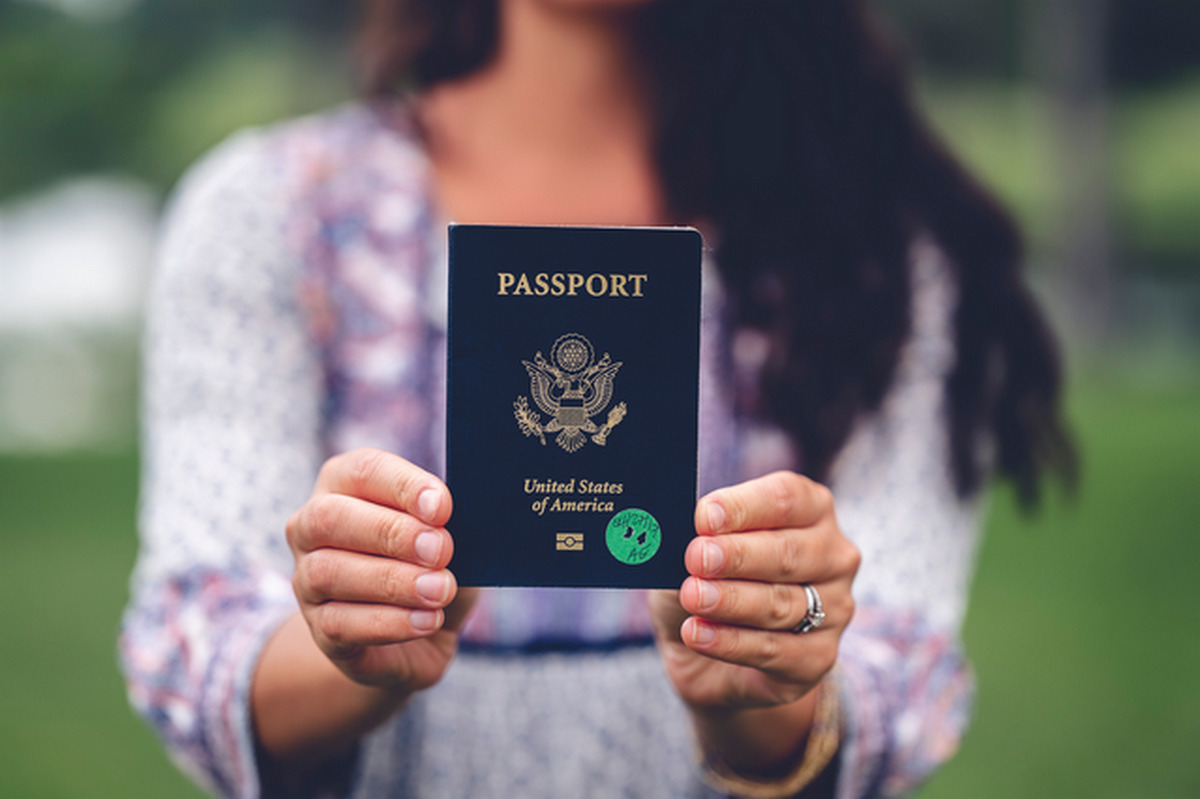
March 8, 2023
Passport Bio Page
While planning a trip abroad, you must make sure you have all the necessary documents – sometimes, your ID will be enough, but with a passport in your pocket, you can explore the world like never before. If you’ve ever dreamed of visiting distant lands, then applying for a passport is essential.
Whether you’re new to the world of international adventures or just brushing up on some basics, this article has all the crucial information about passports and their most important part – the biometric data page.
Who needs a passport?
A passport is an official document that allows you to travel to other countries for purposes including tourism and business. It is also a document required during the immigration process. Multiple nations worldwide allow certain eligible travelers to cross their borders, providing they have valid passports.
If the country you would like to visit requires you to apply for a visa, you must undergo the visa registration procedure. Apart from submitting formal photography, you will also need to have a passport in order to obtain a suitable entry permit. In conclusion, a passport is a document that makes traveling a lot easier.
What does the passport bio-data page consist of?
The passport bio-data page is an essential part of any passport, and it is used to quickly identify its holder. It usually consists of two or three pages and contains the most important information about the traveler, such as their full name, date of birth, national ID number, and nationality.
The bio-data page of a passport includes special security features as protection against forgery and tampering, making it even more reliable. Moreover, each document has its unique passport number. New passports also carry information about the traveler’s fingerprints as an ultimate proof of identity.
If you look at your passport’s biodata page, you will find the following features:
- document type
- document code
- passport number
- surname
- name
- date of birth
- place of birth
- nationality
- passport issuing date
- passport expiration date
- name of the issuing authority
- name of the issuing country
- personal ID number
- traveler’s signature
Remember that it is extremely important that you keep your passport bio-data pages up-to-date. Otherwise, you may face some issues during your travel abroad. If you happen to change your name or relocate to another country, you must apply for a new document that will contain valid personal details.
How does a passport photo look?
A passport photo is an integral part of the bio-data page. The picture itself must be in black and white, presenting the applicant’s full face, front view. It is important that, while taking the passport picture, you look directly into the camera.
You are permitted to smile softly in the biometric picture, but it is forbidden to close your eyes or show your teeth. Moreover, there is a set of rules you should follow to make sure your picture will be accepted for passport processing – for example, you cannot wear glasses or a headpiece, and the background must be plain white.
Does the passport change depending on your country?
Depending on the country where your passport has been issued, it may look a little different. Despite the general fixed appearance of the document and its bio-data page, various countries may introduce unique designs for other pages of the permit (pages where you can have your visa stamped). Quite often, custom templates are inspired by the county’s proud history or anniversaries of iconic events.
Passports may also have different colors, depending on the issuing country. The most popular shades are navy blue, dark red, or deep green.
Despite these cosmetic differences, the passport bio-data page will look the same for every applicant. After all, it comprises the most important information about the traveler, such as personal details (full name, citizenship, date of birth, issuing date, expiration date).




